This Bora Bora Bicycle Guide covers everything you need to know to go on an epic bike ride and discover all the island has to offer in one day!
If you think Bora Bora is nothing but bougie resorts and rich white people, think again. You don’t need to venture far on your bicycle to encounter the real Bora Bora – where friendly Polynesians, charming rustic houses, unhurried island living, and a true islander’s mindset await you.
In this Bora Bora Bicycle Guide, I cover everything you need to know about exploring Bora Bora on bicycle, including how to rent a bike and must-sees along the way.
Welcome to your next bicycle adventure!
Table of Contents
You can use the links below to jump to a certain section of the blog post.
Disclosure
Some links in my content may be affiliates, which means that I get a small percentage cut of the sale, if you end up buying something. This helps me keep the site going. Thank you for your support!
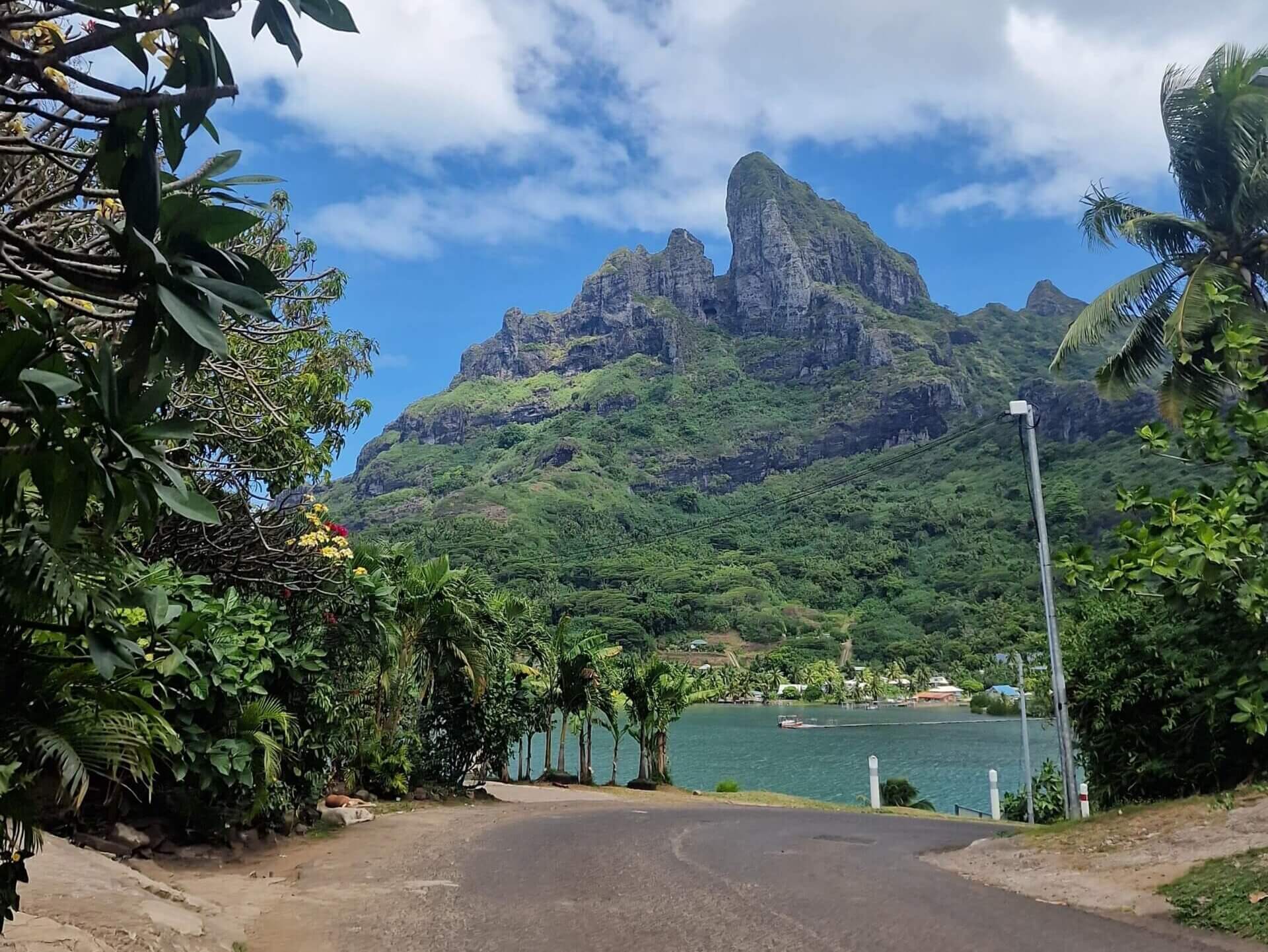
Bora Bora Details
About Bora Bora
- Location: Bora Bora is part of the Society Islands in French Polynesia, located in the South Pacific Ocean.
- Geography: The island is known for its stunning lagoon surrounded by a barrier reef and the iconic Mount Otemanu, a dormant volcano. The main island is surrounded by smaller islets called motus, which add to its picturesque scenery.
Climate
- Tropical Climate: Bora Bora enjoys a tropical climate with warm temperatures year-round.
- Dry Season: From May to October, the weather is typically dry and cooler, making it the most popular time to visit.
- Wet Season: From November to April, the island experiences higher humidity and occasional rain showers, though the weather remains warm.
Population and Culture
- Population: Approximately 10,000 residents live on Bora Bora, primarily in the main village of Vaitape.
- Culture: The local culture is a blend of Polynesian traditions and French influences. Visitors can experience traditional dance, music, and cuisine, and are often welcomed with warm hospitality.
Transportation
- Getting There: Bora Bora is accessible by air, with flights from Tahiti landing at Bora Bora Airport (also known as Motu Mute Airport). From the airport, a boat transfer is usually required to reach the main island and resorts.
- Getting Around: The island can be explored by bicycle, scooter, car, or boat. Biking is a popular and eco-friendly way to see the sights at a leisurely pace. You can skip to the How to rent a bicycle section or my One Day Itinerary for more information on exploring Bora Bora on bicycle.
Activities and Attractions
- Water Activities: The lagoon offers excellent opportunities for snorkeling, diving, paddleboarding, and jet skiing. The clear waters are home to vibrant coral reefs and a variety of marine life.
- Land Activities: Besides cycling, visitors can enjoy hiking, 4×4 tours, and exploring the lush landscape and historical sites.
- Iconic Spots: Must-visit locations include Matira Beach, Mount Otemanu, and the Coral Gardens. Don’t miss the chance to visit local markets in Vaitape for handmade crafts and fresh produce.
Accommodation
- Resorts and Hotels: Bora Bora is famous for its luxury resorts, many featuring overwater bungalows and exceptional amenities. However, there are also more budget-friendly options available on the main island. Head to the Where to stay section of this guide for accommodation suggestions.
Dining
- Cuisine: Enjoy a mix of Polynesian and French cuisine, with fresh seafood being a highlight. Many resorts have fine dining restaurants, but local eateries and food trucks (roulottes) offer delicious and more affordable options.
- Local Delicacies: Try dishes such as poisson cru (raw fish marinated in coconut milk and lime), fresh tuna, and tropical fruits like mango and pineapple.
Are you enjoying my content?
Please consider supporting me by buying me a cup of coffee, or a pizza! 🙂
How to rent a bicycle in Bora Bora
Bora Bora has a single main road that circles the island, approximately 32 kilometers (20 miles) long. This route offers stunning views of the lagoon, mountains, and various beaches, making it perfect for a leisurely bike ride around the island.
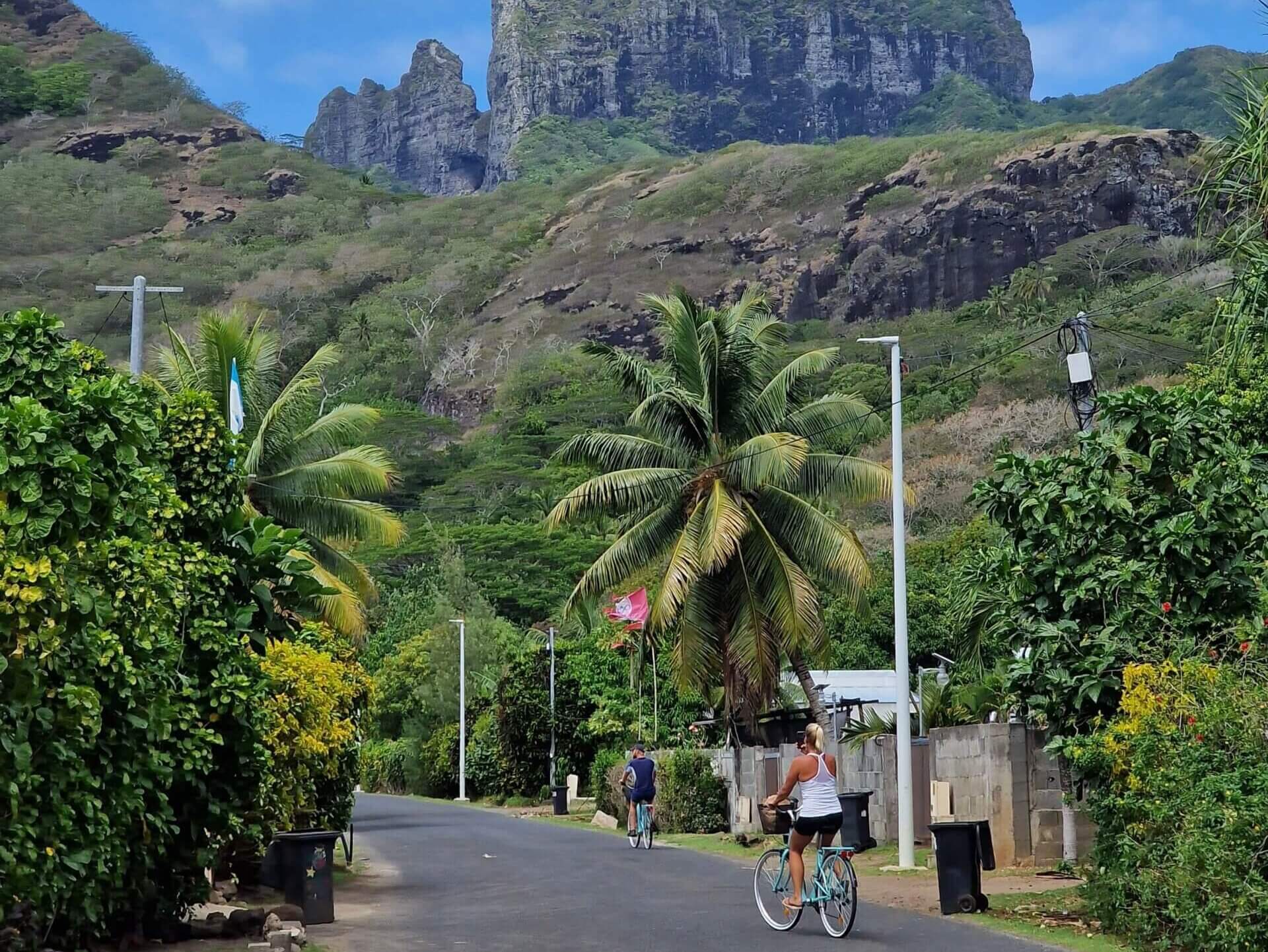
Where to Rent a Bicycle
- Hotels: Many hotels and resorts offer bicycle rentals directly to their guests. This is often the most convenient option, especially for those staying in more remote locations.
- Local Shops: Several local businesses in Vaitape and other areas rent out bicycles. These shops may offer a wider variety of bike types, including mountain bikes and electric bikes.
- What I did: I hit up the Avis store in Vaitape and snagged a standard bike from 8 AM to 5 PM for about 1900 CFP, which is roughly 17 bucks in USD. There’s another Avis located in the popular Matira area.
This map shows the location of the Avis Store in Vaitape.
Types of Bicycles Available
- Standard Bicycles: Ideal for casual rides around the island. These are typically the most affordable option.
- Electric Bicycles: If you’re feeling lazy, an electric bicycle might be your go-to option. These bikes come with a higher rental cost but provide added comfort and convenience.
- Mountain Bikes: Suitable for more adventurous riders looking to explore off-road trails and rougher paths.
- Other Means of Transportation: If physical effort ain’t your thing, I know that Avis also offers scooters, buggies, and even cars for you to explore Bora Bora.
Rental Costs
- Standard Bicycles: Around $20-$30 per day.
- Electric Bicycles: Generally more expensive, often costing $40-$60 per day.
- Discounts: Some rental shops may offer discounts for longer rental periods or group rentals.
Rental Process
- Identification: Bring a valid ID or passport.
- Deposit: Some shops require a deposit, which is refundable upon the bike’s return in good condition.
- Payment: Accepted methods usually include cash and credit cards.
- Inspection: Inspect the bike before renting to ensure it is in good working condition. Check brakes, tires, and gears.
Essential Tips for Biking
- Reservations: Consider making a reservation, especially during peak tourist seasons, to ensure bike availability. You don’t want to show up and find all the bikes gone like a fart in the wind.
- Helmets and Locks: Ensure that the rental includes a helmet and a lock for safety and security.
- Safety: Always adhere to local traffic rules. It’s also a good idea to have a map or GPS device to help navigate the island and discover the best routes and attractions.
- Road Conditions: While the main road is generally in good condition, some parts may be narrow or have limited shoulders. Be cautious of traffic, especially around curves and hills.
- Weather Considerations: The weather in Bora Bora can change quickly, so be prepared for sudden rain showers. A light rain jacket can be useful.
- Hydration and Sun Protection: The tropical climate can be hot and humid, so it’s important to stay hydrated and use sun protection, including sunscreen, hats, and sunglasses.
- Learn the phrase “Ia Orana”. You’re going to hear it a lot since it means hello in Tahitian. Say hi back because the locals are super friendly (pronounced like “Your Honour”).
- Bring Cash: In case you want to buy some goodies from the roadside, you need cash. You’ll pass numerous stands selling fruit, pareos and other crafts.
Environmental Considerations
- Respect the Environment: Bora Bora is known for its pristine natural beauty. Be mindful of the environment by not littering and respecting wildlife and plant life.
- Local Customs: Be respectful of local customs and traditions, especially when passing through residential areas and sacred sites.
One Day Itinerary
The road that winds its way all around Bora Bora is 32 kilometers, making it the perfect distance for an adventurous day of biking.
As a Copenhagener I love biking, so I was excited for my thighs to burn and bum to be sore from exploring all that Bora Bora has to offer!
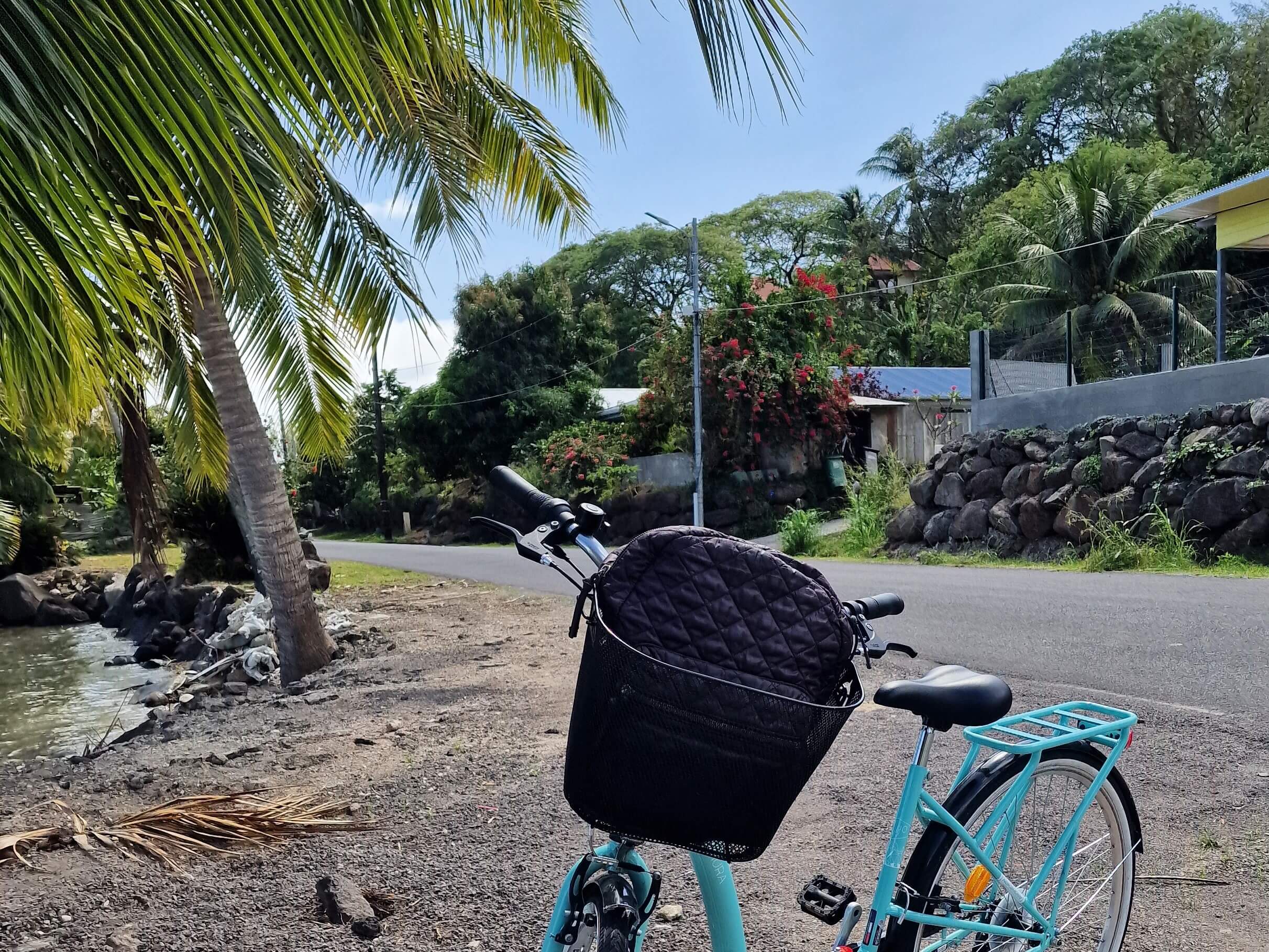
Stop 1: Vaitape
Vaitape is the largest town and the administrative center of Bora Bora. It serves as the main hub for visitors and locals alike, offering a range of amenities, shops, and services – such as bike rental.
Key Features of Vaitape:
- Location: Situated on the western side of the island, Vaitape overlooks the lagoon and provides picturesque views of Mount Otemanu and Mount Pahia, Bora Bora’s iconic peaks.
- Supermarkets: Vaitape hosts several large supermarkets like Chin Lee, making it a convenient stop for stocking up on supplies, especially if you’re planning to explore the island by bike.
- Local Markets: Vaitape hosts markets where you can find fresh produce, local delicacies, and handcrafted items. The big market, Marché de l’artisanat, at the ferry terminal is definitely worth a visit.
- Cultural Events: The town is often the site of cultural festivals and events where visitors can experience traditional Polynesian music, dance, and crafts.
- Churches and Monuments: Vaitape features several churches and monuments that reflect the island’s history and culture. If you head to Chin Lee, there’ll be a Protestant Church on your right hand side that you check out.
- Restaurants, Cafes and Street Food: Vaitape offers various dining options ranging from local eateries to more upscale restaurants catering to tourists. If you’re on a budget, you can even find street food some nights at the parking lot next to the ferry terminal – you can’t miss it.
- My highlights: Marché de l’artisanat (local market), Chin Lee Supermarket and Street Food Market at night time.
From Vaitape, I headed north towards Faanui. But if you’re feeling lazy, head south towards Matira, where you can chill and eat some good food first. I saved this spot as my final destination, like a reward for my pedal-pushing efforts.
Stop 2: The Real Bora Bora
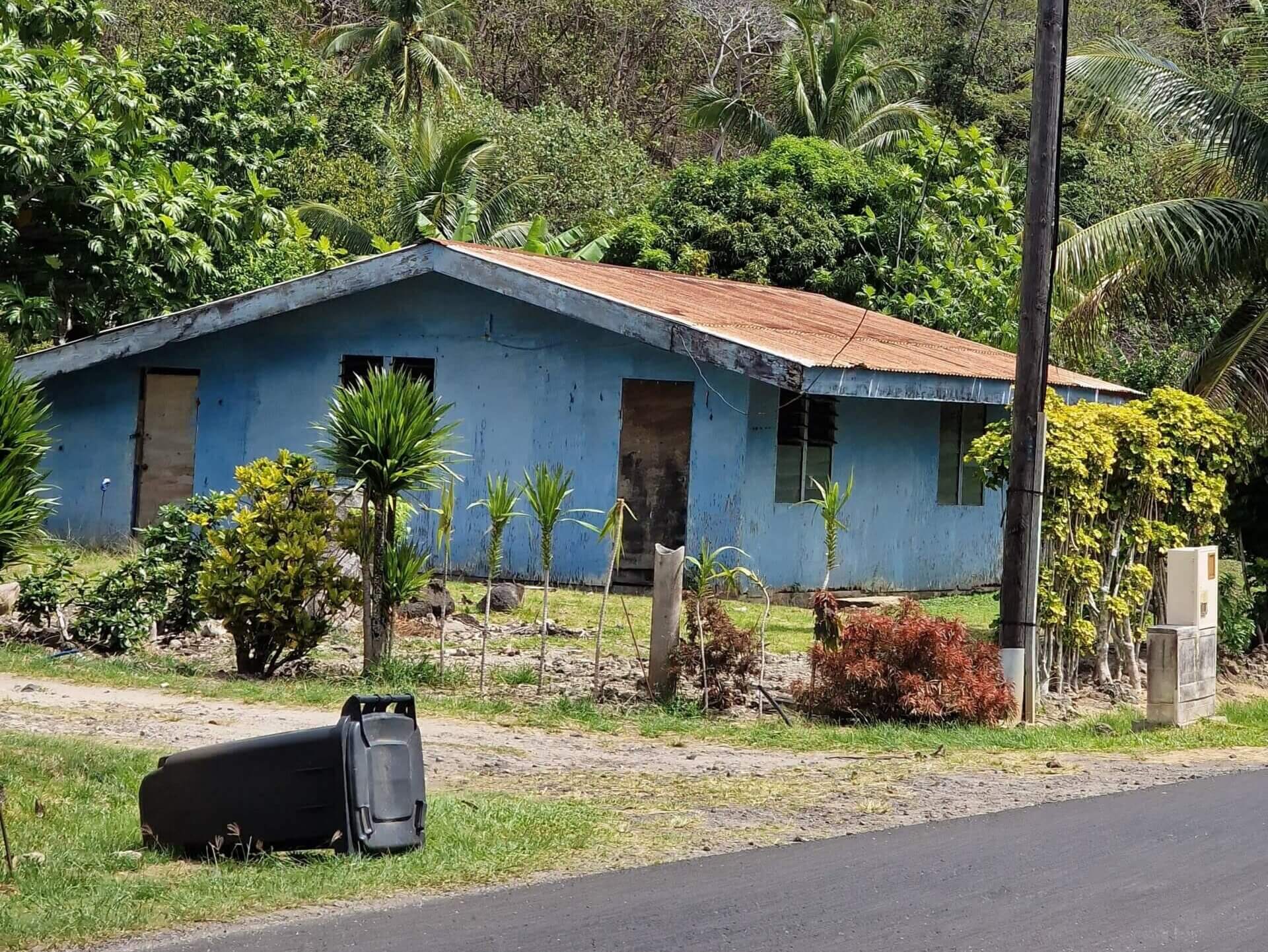
Insights into the Life of the Locals
As you start pedaling from Vaitape to Faanui, within 10 minutes, you’ll see the authentic local life of Bora Bora – a side of the island often hidden behind those lavish pics on Google.
I don’t blame you for thinking that Bora Bora is bougie AF, and sure, there are a lot of insanely expensive resorts, but the majority of them are actually not on the island – they’re placed on the motus (the flat, sandy islands on the edges of the reef).
To me, it’s quite remarkable how the island has kept so much of its Polynesian authenticity and spirit even though it’s widely dependent on tourism.
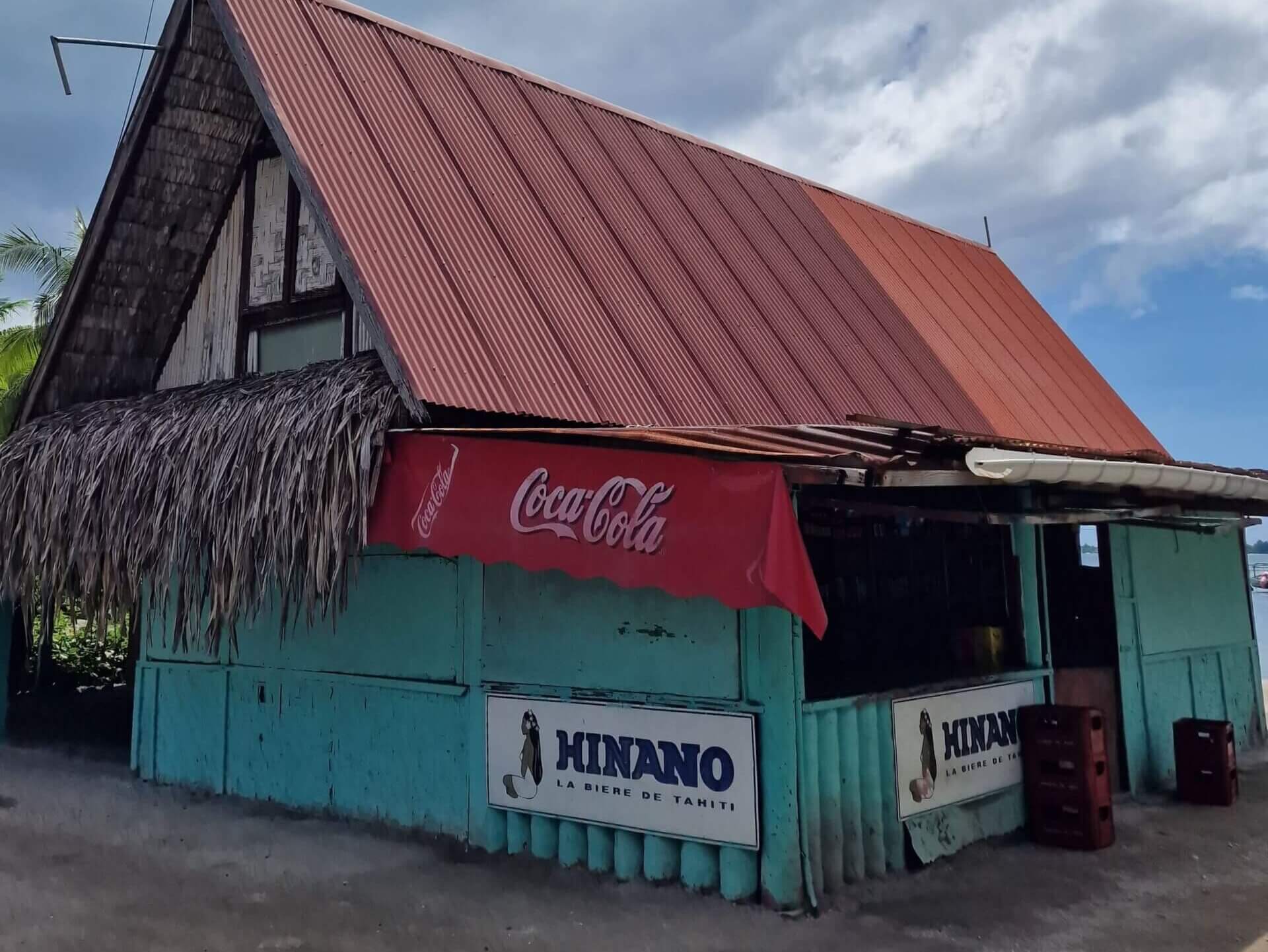
The contrast between the resorts and the local houses is like night and day. Look to your left, out at sea, and your eyes will grace upon the sumptuous overwater bungalows, offering high-end amenities and upscale restaurants.
Look to your right, inland, and the contrast will smack you right in the face. The local’s houses, known as “fare”, are modest and reflect traditional Polynesian architecture.
Most homes are made of local materials like thatch and bamboo, giving them a rustic appearance, though some of them look straight up dilapidated.
But what’s cool is that many locals live in tight-knit communities, keeping their culture and community spirit alive.
Stop 3: Sacred Banyan Trees
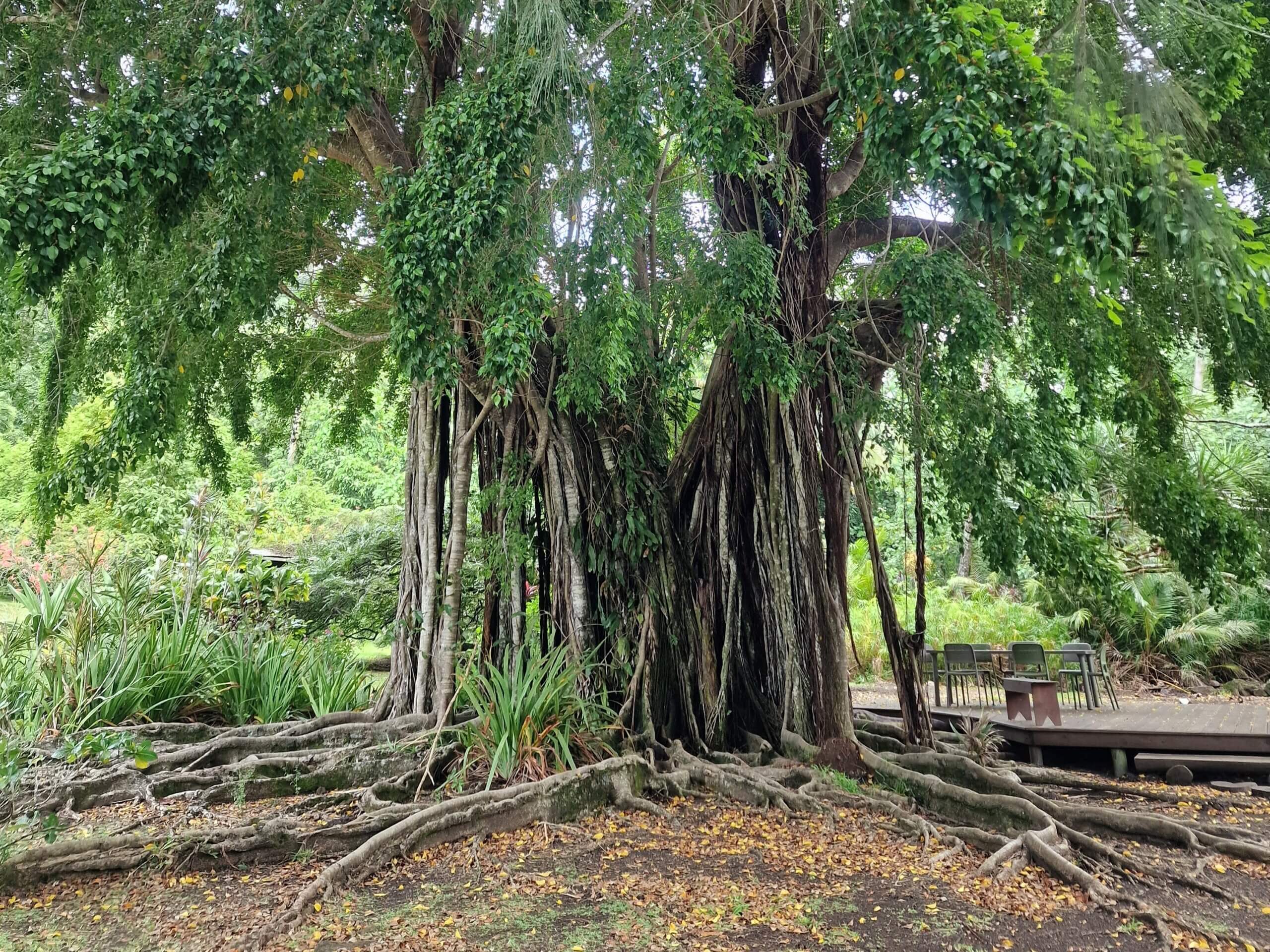
Banyan Overview
- Name: Banian Arbre des Âmes (Banyan Tree of Souls)
- Cultural Significance: Considered sacred in many cultures, including Polynesia where they are known as Soul Trees.
Cultural and Sacred Role:
- Polynesian Belief: In Polynesia, the banyan tree is considered a sacred tree and is believed to house spirits.
- Symbolism: Represents the connection between the earth and the sky, often seen as a bridge to the spiritual world.
Inspiration for Avatar:
- These trees are rumored to have inspired James Cameron’s depiction of the mystical world of Pandora in the movie Avatar.
- Their aerial roots and intricate structure create an otherworldly appearance, reminiscent of the trees in the film.
Physical Characteristics:
- Aerial Roots: The tree’s roots start as tendrils hanging from the branches and eventually grow downwards to touch the ground.
- Complex Network: These roots develop into woody trunks, creating a complex network that supports the tree.
Visiting the Banyan Trees:
- Directions: From Faanui, turn right just after the church, then left by Snack TuiTui Maru, and shortly thereafter you’ll encounter the unique Banyans.
- Experience: Walking among these trees can be a serene and almost mystical experience, given their sacred status and unique appearance.
Location:
If unsure of the location, searching “Banian arbre des âmes” on Google Maps will provide directions.
Stop 4: Pareo Craft Stand
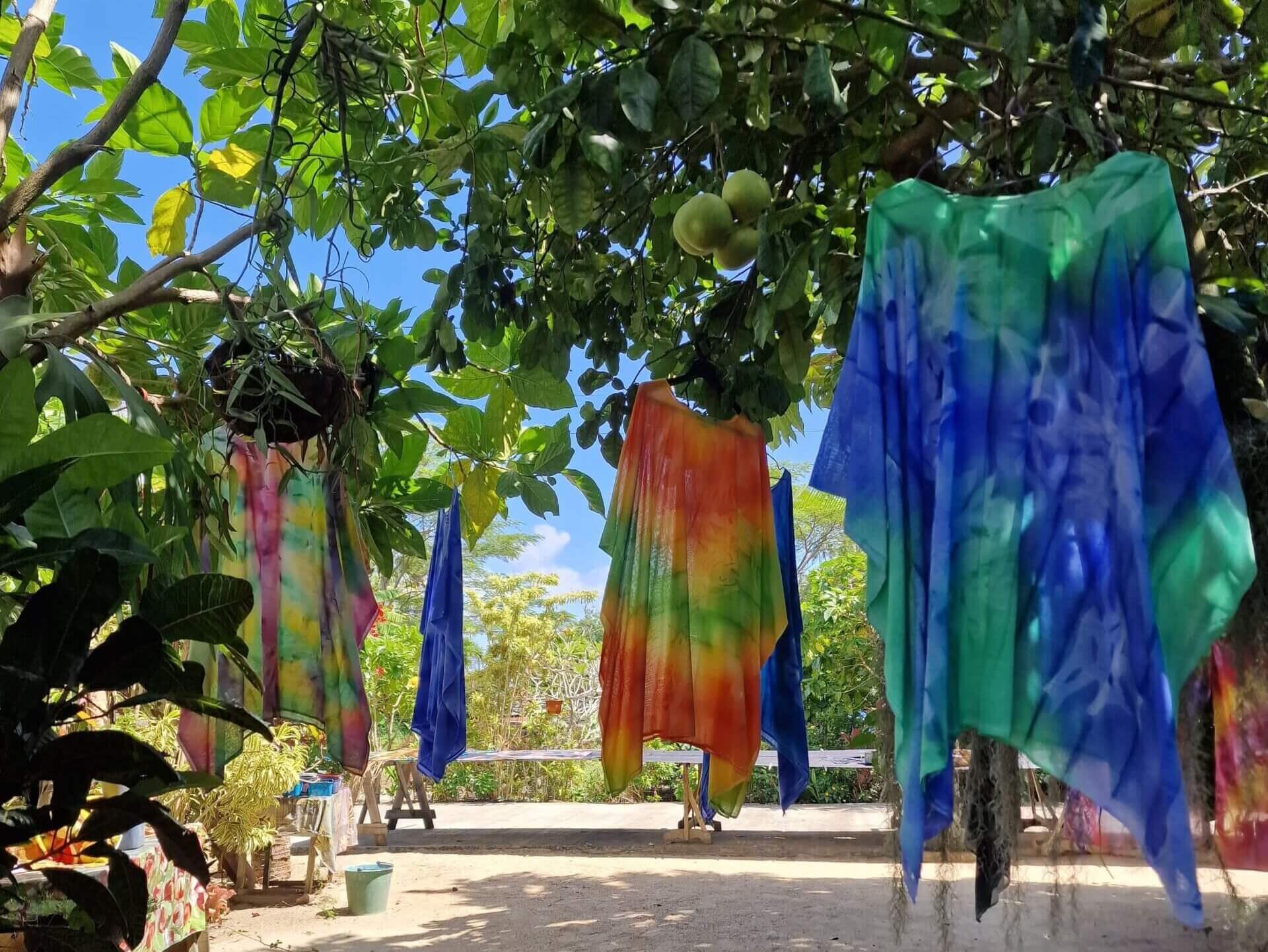
Boutique Vainia
When you see something colorful swaying in the trees on your right-hand side, you’ve reached your next destination: Boutique Vainia. This local place is full of ambiance and history, selling pareos.
Here is some useful knowledge about the place:
- Type: Craft Stand selling colorful, handcrafted pareos
- Bonus Knowledge: Boutique Vainia is run by a Polynesian woman named Mamie Ruta, adding to the local ambiance of the place.
- History: Pareos originated here in the Pacific Islands, and at Mamie Ruta’s, you’ll find pareos with vibrant colors, floral prints, and tribal designs that scream Polynesia.
- Pareo Craft: Boutique Vainia specializes in traditional Polynesian pareos, which are versatile pieces of clothing that you can wear in a million different ways such as sarongs, skirts, dresses, shawls, and more.
- Craft Experience: Visitors can participate in making their own custom pareo, which is a unique and interactive cultural experience.
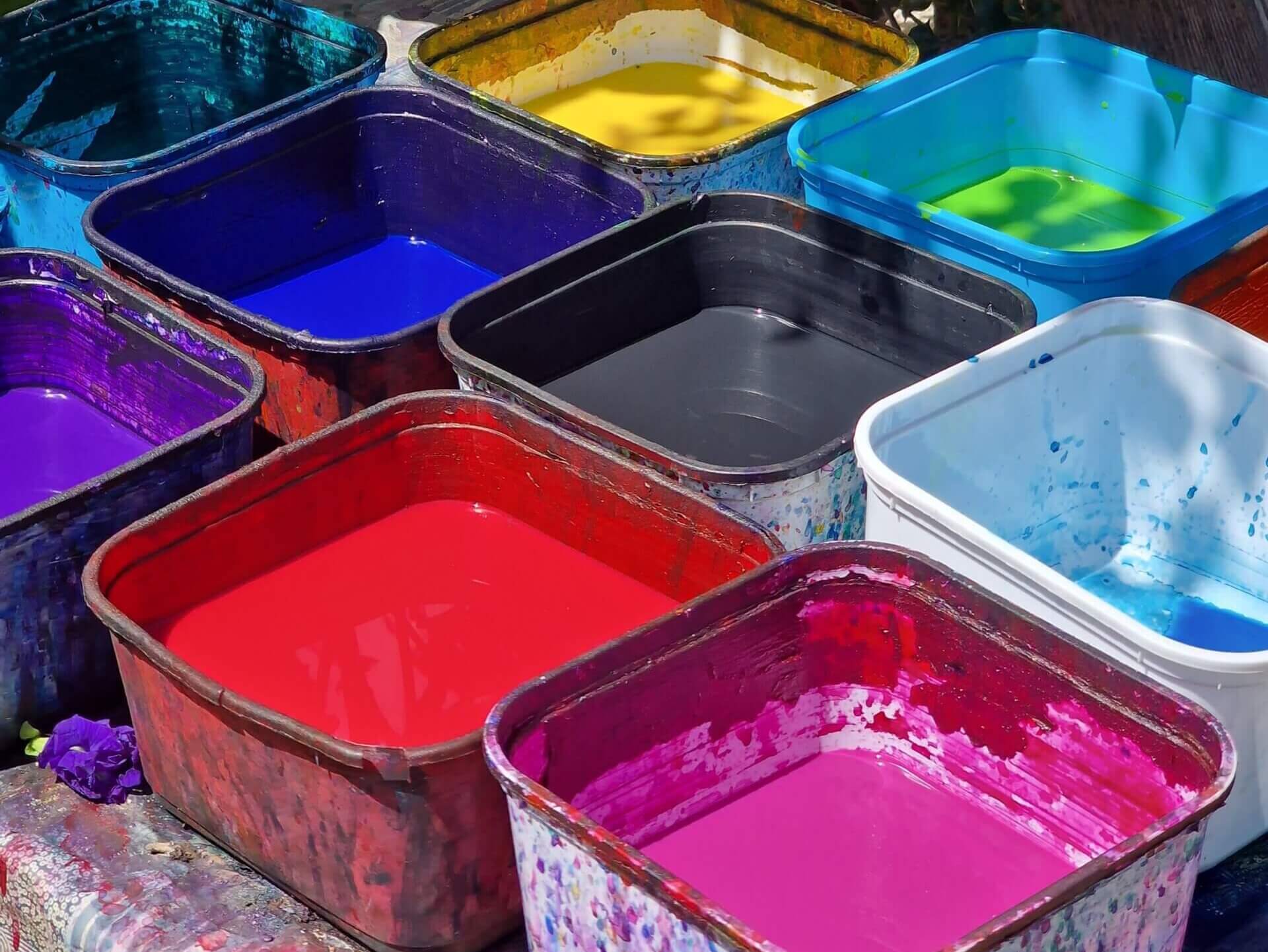
Pareo Making Process:
You can make your own pareo in about 45 minutes, and it’s an epic way to learn about the craft. Here’s how the process goes:
- Moisten Fabric: Start with a large rectangle piece of cotton.
- Twist Fabric: Twist the fabric to create a pattern.
- Dye Fabric: Dip the twisted fabric in color tubs derived from local plants and flowers.
- Stencil: Lay the fabric on a wooden slab and place stencils of animals or plants to create shadow patterns.
- Dry: Hang the fabric to dry in the sun for about 15 minutes.
- Result: A custom-made pareo that reflects traditional Polynesian art and design.
Additional Attraction:
Don’t worry about getting hungry while waiting; Mamie Ruta’s got fresh coconut, papaya, pomelo, and hanging bananas to munch on for free. The fruit itself is worth a visit to Mamie Ruta’s.
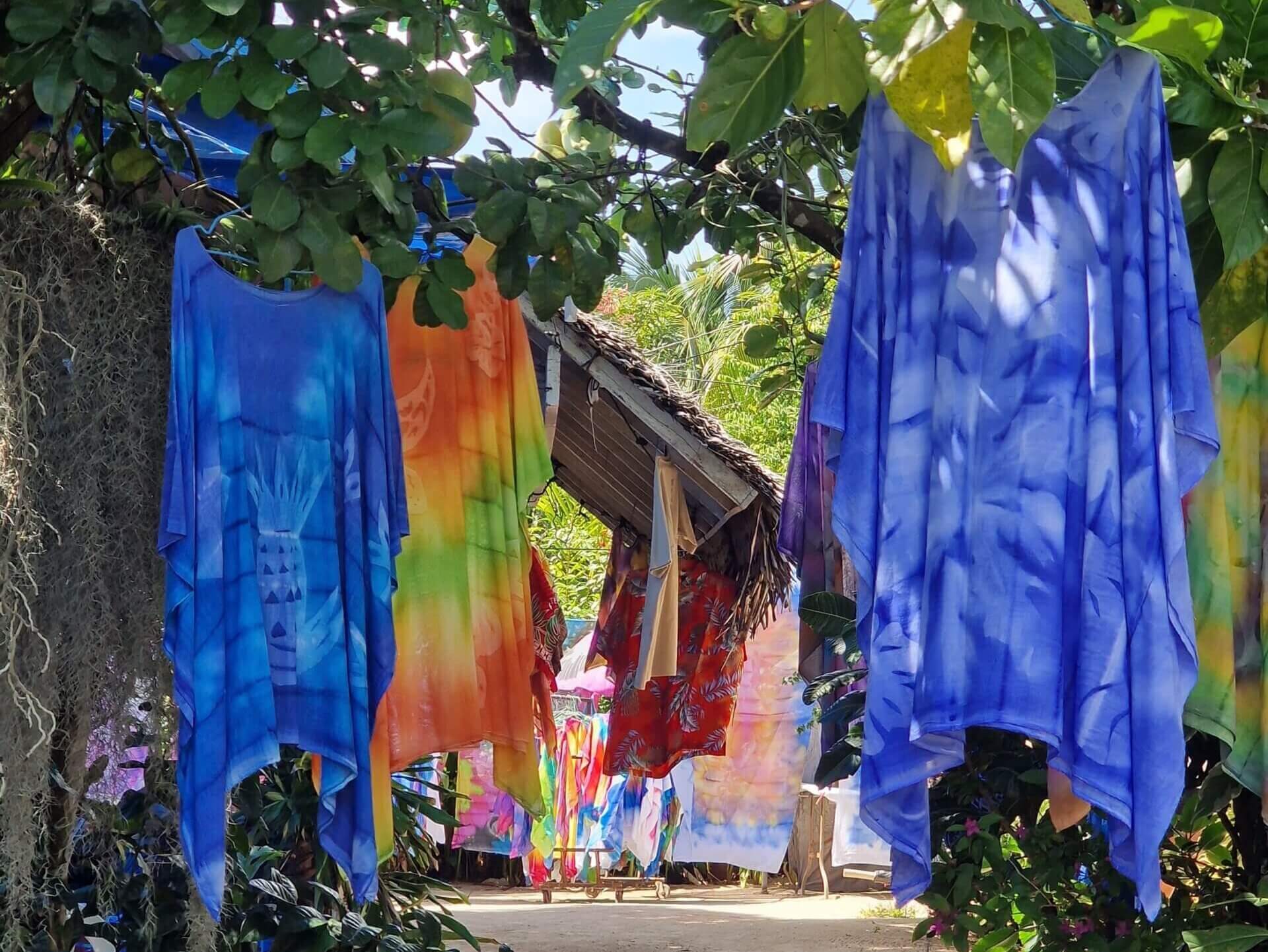

Location:
If unsure of the location, searching “Boutique Vainia Bora Bora” on Google Maps will provide directions. It’s hard to miss when cycling by because the colorful pareos are hung from the trees, inviting you inside.
Stop 5: World War II Cannons
During World War II, Bora Bora played a significant role as a military supply base for the United States. Known as “Operation Bobcat,” this base was established in 1942 to serve as a refueling and supply depot for Allied forces in the Pacific.
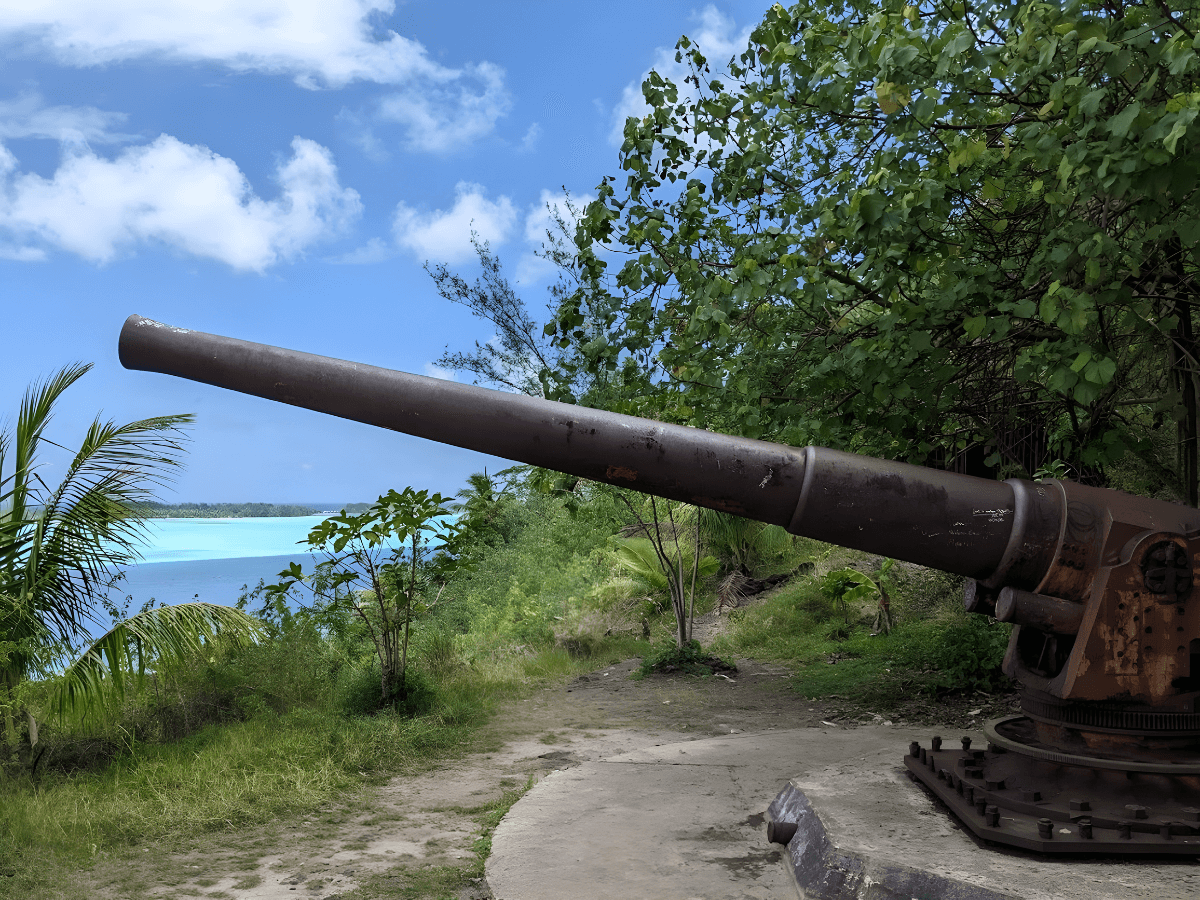
Key Points about the WWII Cannons in Bora Bora:
- Historical Significance: The cannons are remnants of the American military presence on the island. They were installed to protect the base from potential enemy attacks, although Bora Bora never saw actual combat during the war.
- Condition and Preservation: The cannons are generally well-preserved, allowing visitors to get a sense of their scale and the role they played during the war. They are a tangible link to Bora Bora’s strategic importance in the Pacific theater.
- Respect the Sites: As historical artifacts, it’s important to treat the cannons and surrounding areas with respect.
- Additional Sites: Besides the cannons, remnants of other military infrastructure, such as bunkers and ammunition depots, can still be found on the island, providing a broader context of the military operations during that period.
How to visit the WWII Cannons:
- Location: The cannons are located in various spots around Bora Bora, often in elevated positions to maximize their range and effectiveness in defending the island.
- Tourist Attraction: One notable location is in a local lady’s backyard (Search “Bora Bora WWII Guns” on Google Maps), which has become a popular spot for visitors. For a small fee (around 500 CFP or 4.5 USD), visitors can view the cannons at her properity.
These cannons are not only a reminder of Bora Bora’s strategic military role but also a fascinating historical site that adds depth to the island’s cultural and historical landscape.
Location:
If unsure of the location, searching “WWII Guns Faanui” or “Bora Bora WWII Guns” on Google Maps will provide directions to the two spots.
Spot 1: WWII Guns Faanui
Spot 2: Bora Bora WWII Guns
Stop 6: Manta Ray Snorkeling
By now you’ve made 1/3 around the island of Bora Bora, so how about a dip in the crystal-clear water, where you might even be able to spot Manta Rays?
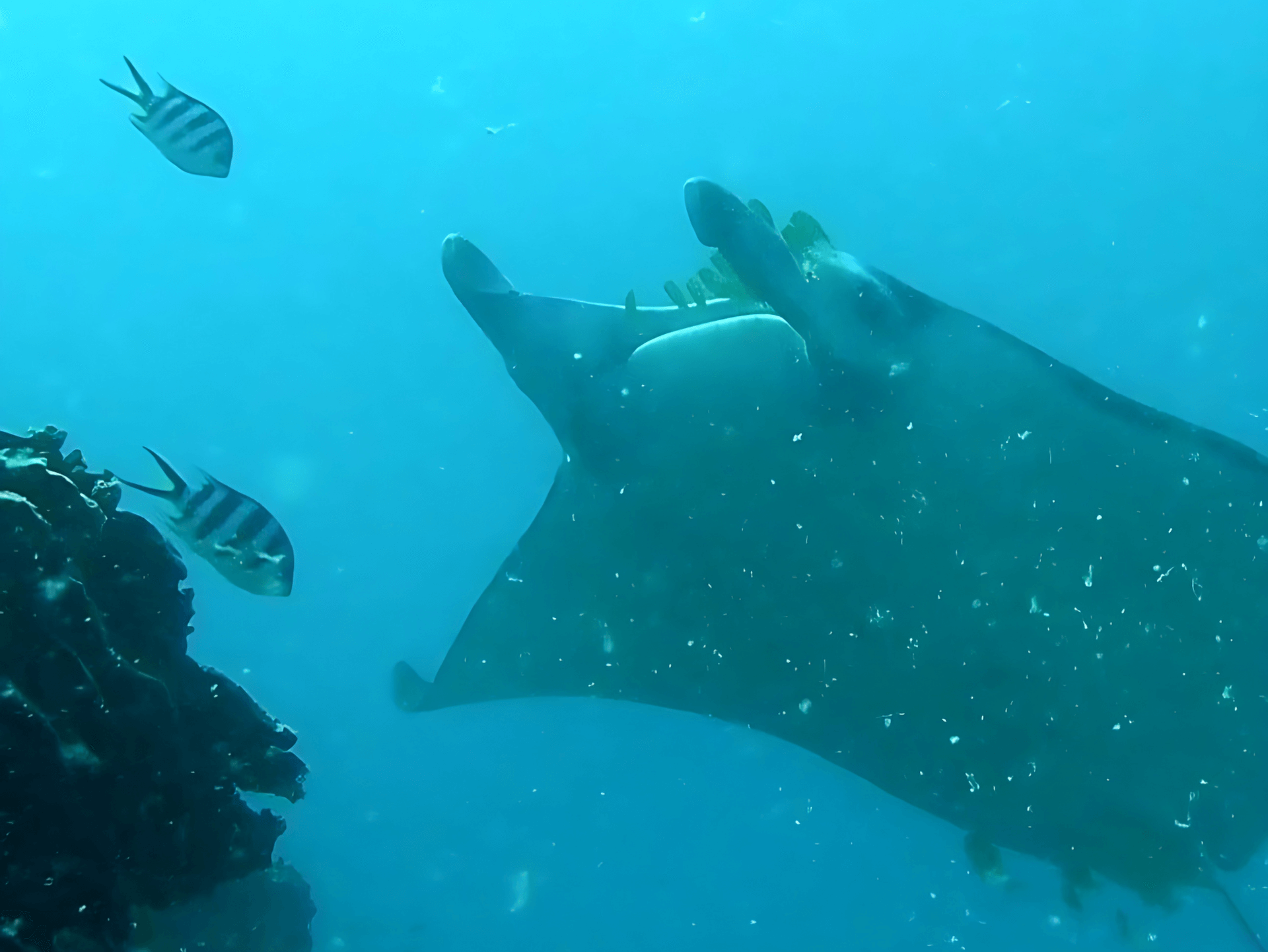
“Station de nettoyage des mantas” refers to specific locations in Bora Bora where manta rays gather to be cleaned by smaller fish, primarily cleaner wrasse.
These cleaning stations are popular snorkeling and diving spots because they offer a unique opportunity to observe the behavior of manta rays up close in their natural habitat.
Here are some key points about snorkeling at the manta ray cleaning station in Bora Bora:
- Manta Ray Behavior: Manta rays visit these stations to have parasites and dead skin removed by cleaner fish. This symbiotic relationship is fascinating to watch, as the manta rays hover and even seem to enjoy the cleaning process.
- Snorkeling Experience: Snorkelers can float on the surface above these cleaning stations and observe the manta rays below. The water is usually shallow enough for good visibility and safe snorkeling conditions.
- Guided Tours: Many local tour operators offer guided snorkeling trips to these cleaning stations. Guides provide safety briefings, snorkeling gear, and information about manta ray behavior and the local ecosystem. I also wrote a complete guide to Scuba Diving in Bora Bora, if you’re looking for an even wilder underwater adventure.
- Best Time to Visit: While manta rays can be seen year-round, the best time to visit for a higher chance of encounters is typically during the warmer months, when the water is clearer and more manta rays are present.
- Conservation Efforts: Snorkeling with manta rays is done with conservation in mind. Visitors are encouraged to follow guidelines to avoid disturbing the manta rays, such as maintaining a respectful distance and not touching the animals.
- Additional Marine Life: Besides manta rays, these areas are home to a variety of other marine species, making the snorkeling experience even more diverse and exciting.
Overall, snorkeling at a manta ray cleaning station in Bora Bora is a memorable experience that allows for a close encounter with these gentle giants in one of the most beautiful underwater settings in the world.
Location:
If unsure of the location, searching “Station de nettoyage des mantas” on Google Maps will provide directions.
Stop 7: Marine Museum
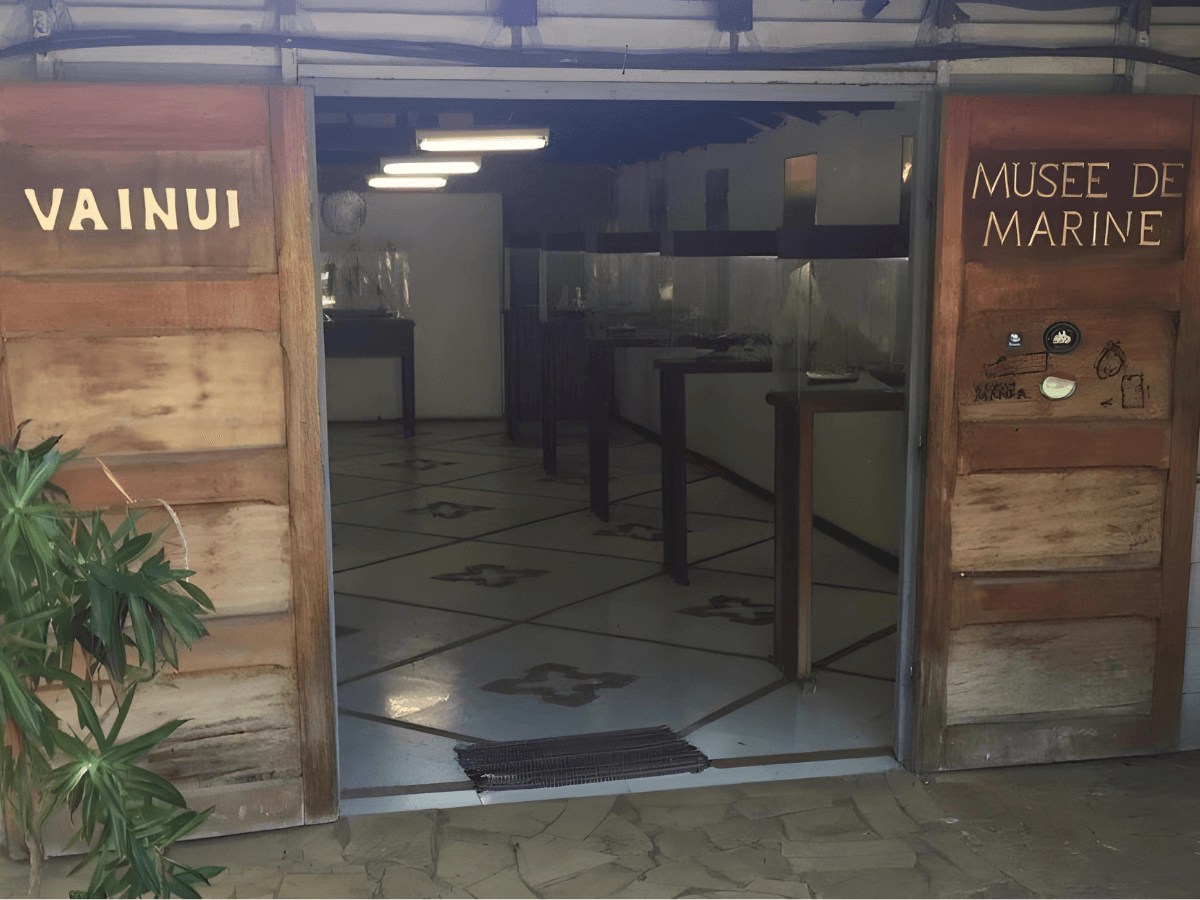
You’ll find the Naval Museum of Bora Bora, a place full of history and craftsmanship, on the north end of the island, just a short bike ride from the Manta Ray Snorkeling Spot.
It might not look like much, but don’t be fooled. It’s a unique, small museum containing detailed boat models and their history, and it’s truly a little hidden gem in Bora Bora.
The place is privately owned, so you might want to check the opening hours with the owner before heading there.
Location:
If unsure of the location, searching “Musée de marine Bora Bora” on Google Maps will provide directions.
Stop 8: Marama Tattoo
Did you even go to French Polynesia, if you didn’t get some ancient symbols inked onto your skin?
Polynesian tattoos, also known as tatau, have deep cultural significance and are a prominent art form in Polynesian societies.
Polynesian tattoos date back thousands of years and were traditionally used to indicate social status, family heritage, achievements, and rites of passage.
Consider making a stop at the renowned Marama Tattoo Studio during your time in Bora Bora.
Here are some key points about Marama Tattoo:
- Reputation and Authenticity: Marama Tattoo is celebrated for its traditional Polynesian tattoo artistry. The studio is known for preserving and promoting the rich cultural heritage of Polynesian tattoos.
- Artist Expertise: The artists at Marama Tattoo are skilled and experienced in creating intricate and meaningful tattoo designs. They often incorporate traditional Polynesian symbols and motifs that carry deep cultural significance.
- Custom Designs: Clients can work with the artists to develop custom tattoo designs that reflect personal stories and cultural elements. This personalized approach ensures that each tattoo is unique and meaningful to the individual.
- Personal Meaning: Polynesian tattoos are deeply personal. It’s recommended to learn about the meanings of the symbols and ensure they resonate with one’s own story and values.
- Hygiene and Safety: The studio maintains high standards of hygiene and safety, ensuring a clean and professional environment for clients.
- Cultural Significance: Polynesian tattoos are not just decorative; they are a form of storytelling and cultural expression. The artists at Marama Tattoo often educate clients about the meanings behind various symbols and designs.
When choosing a tattoo studio, ensure you make your own research and consult with the artists to understand the cultural significance and personal meaning of your desired tattoo design.
Location:
Marama Tattoo is situated in the beautiful island setting of Bora Bora, getting a tattoo at Marama Tattoo can be part of an unforgettable experience that combines travel and cultural immersion.
If unsure of the location, searching “Marama Tattoo” on Google Maps will provide directions.
Stop 9: Snack Matira
You’ve now reached Matira – one of the most gorgeous spots in Bora Bora – and it’s time to eat! Here, you’ll find a bunch of restaurants. You can choose a fancy place like Bora Bora Beach Club or Resturant Tama’a Maitai, or do what I did and hunt down the spot where the locals grub. That’s how I ended up at Snack Matira.
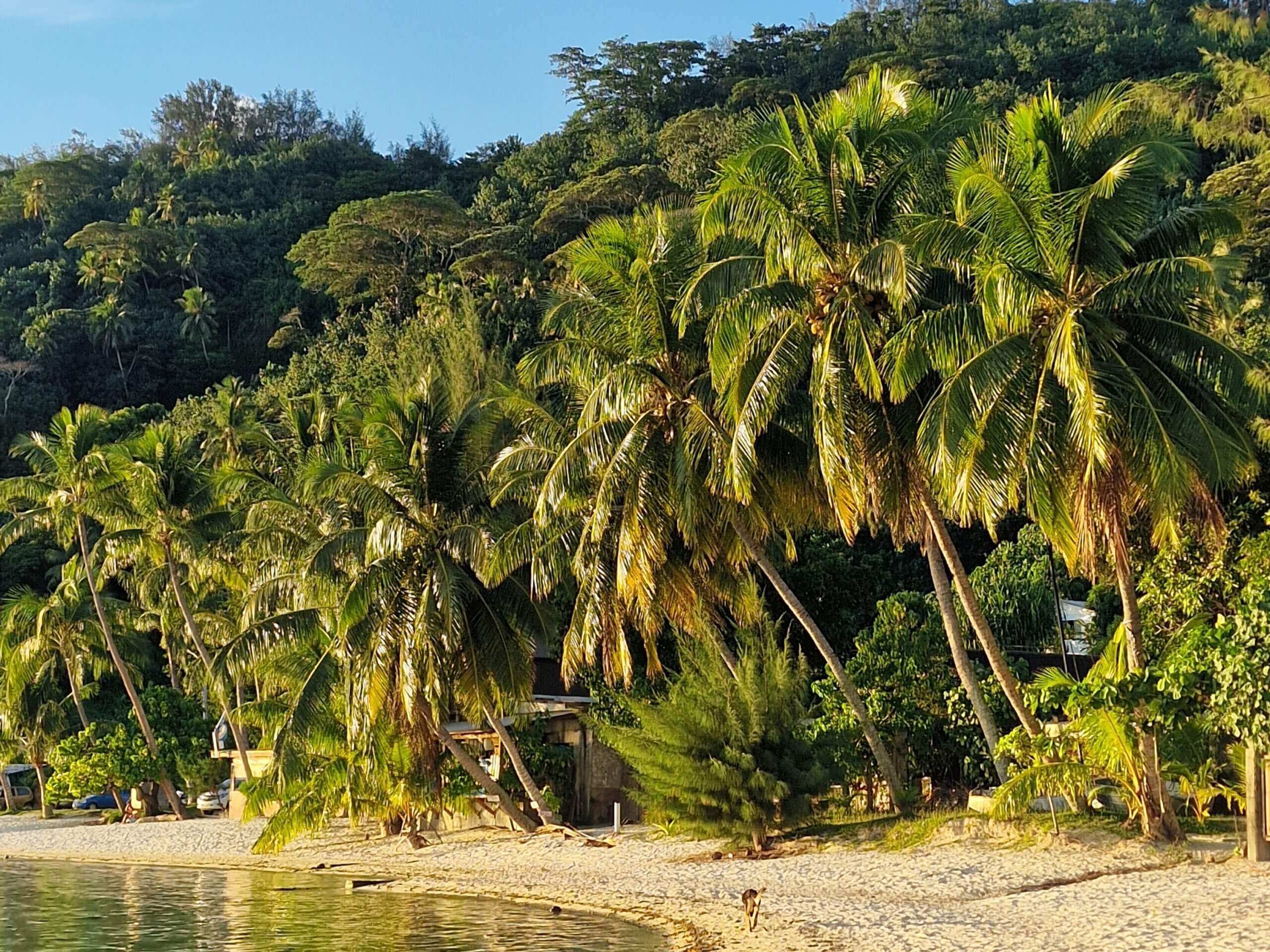
Snack Matira is a popular casual eatery located in Bora Bora, known for its relaxed atmosphere and scenic beachfront setting.
Here are some key points about Snack Matira:
- Cuisine: Snack Matira serves a variety of dishes, including local Polynesian cuisine, seafood, and international favorites. The menu often features items like fresh fish, burgers, sandwiches, salads, and tropical fruit smoothies.
- Atmosphere: The restaurant has a laid-back, casual vibe, making it a great spot for a relaxed meal after a day of beach activities. Its open-air seating allows guests to enjoy the ocean breeze and scenic views.
- Popular Dishes: Some of the highly recommended dishes include poisson cru (a traditional Tahitian dish made with raw fish marinated in coconut milk and lime), grilled fish, and their fresh fruit juices.
- Pricing: As a casual eatery, Snack Matira is relatively affordable compared to some of the more upscale dining options on the island, making it a popular choice for both locals and tourists.
- Accessibility: It’s conveniently located for those spending time at Matira Beach, and it’s easily accessible by foot, bike, or a short drive from many hotels and resorts on the island.
- My highlight: I ordered an omelette-cheese-fries sandwich, and it turned out to be the size of my forearm – enough to feed a small army. The best part? It cost me 650 XPF, which is less than 6 bucks – a damn steal in French Polynesia. But don’t expect an indulgent service, the waitress was actually straight up rude, but to be honest I didn’t mind, I left full and satisfied.
Snack Matira is a great option for visitors looking to enjoy a delicious meal in a beautiful, relaxed setting while experiencing the local flavors of Bora Bora.
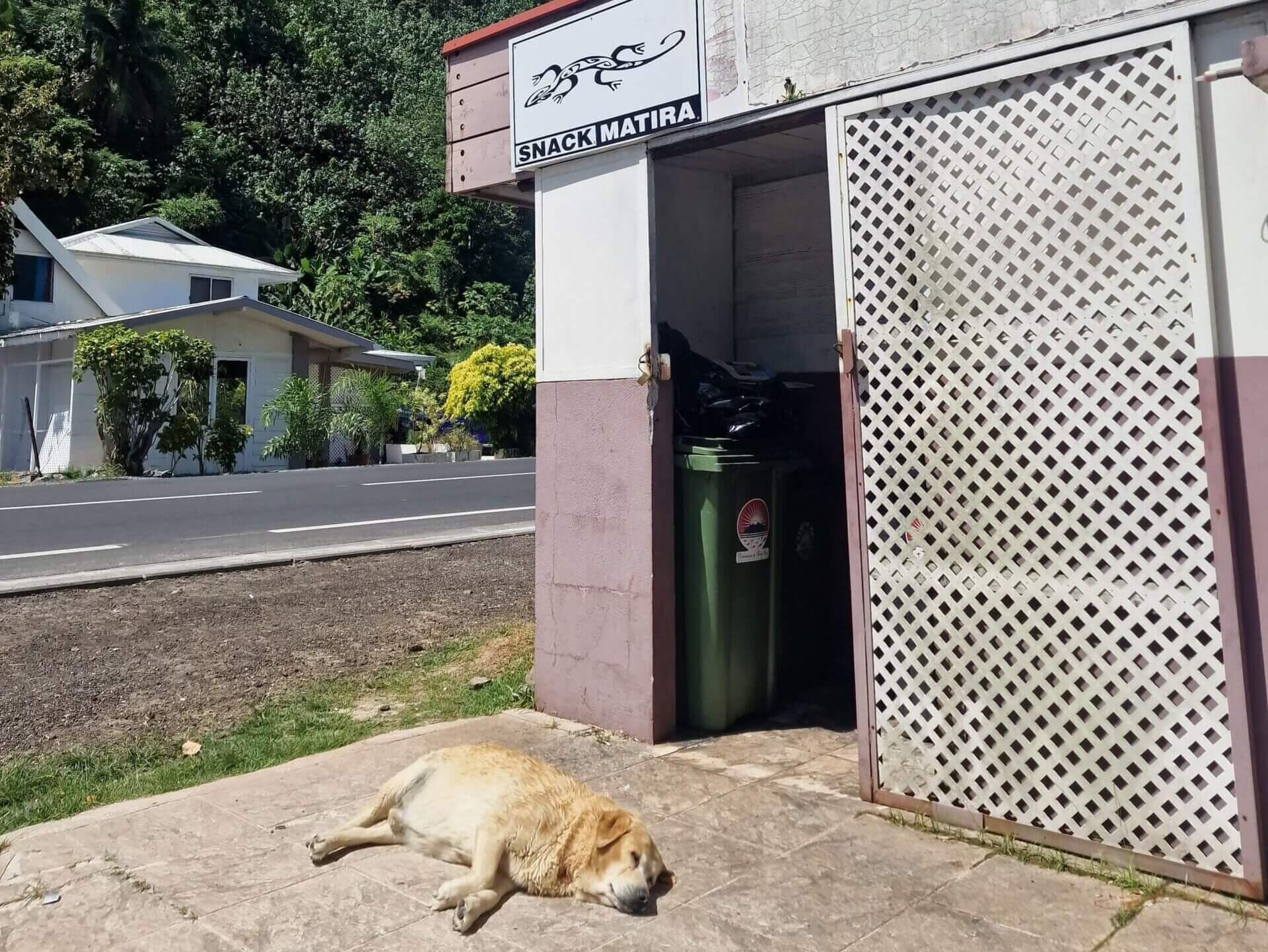
Location:
Snack Matira is situated in Matira Beach, one of the most famous and beautiful beaches in Bora Bora, offering diners stunning views of the lagoon and surrounding scenery.
If unsure of the location, searching “Snack Matira” on Google Maps will provide directions.
Stop 10: Celebratory Gelato
You’ve made all the way around Bora Bora – 32 kilometers, baby! Well done. Why not treat yourself with a celebratory ice cream in Vaitape?
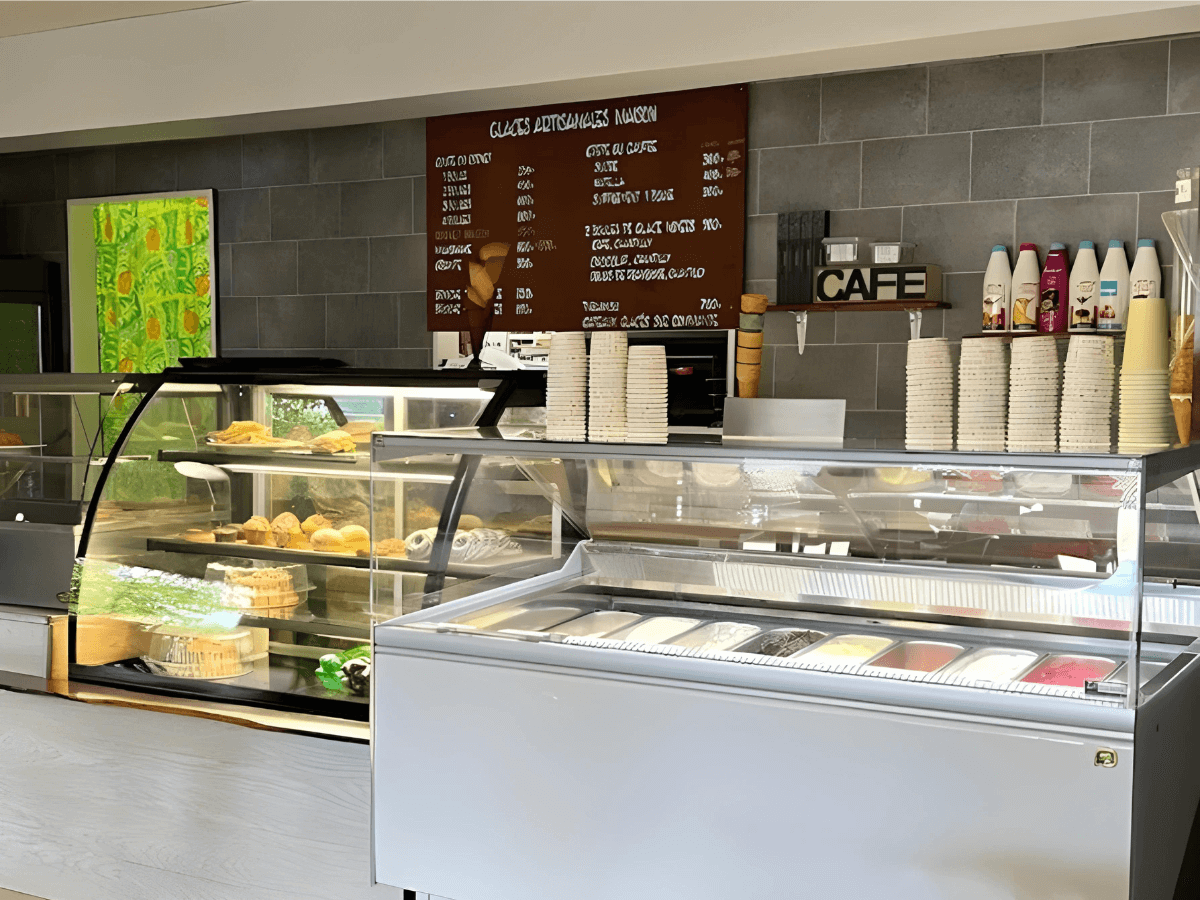
If you’ve rented your bike through Avis, like I did, you get a 10% discount at Iaorana Gelato — a popular spot in Bora Bora known for its authentic Italian gelato. You can also get other desserts or even a pint, and they offer free WiFi too.
Here are some key points about Iaorana Gelato:
- Quality: The gelato is made fresh daily using traditional Italian techniques, ensuring high-quality and delicious flavors.
- Variety: Offers a wide range of flavors, from classic options like chocolate and vanilla to tropical flavors inspired by local ingredients such as coconut and passion fruit.
- Ambiance: The shop has a friendly and welcoming atmosphere, making it a pleasant place to take a break and enjoy a cool treat.
- Special Offers: They occasionally offer discounts, such as a 10% discount for customers who rent bikes from Avis.
- Popularity: Highly recommended by visitors for its creamy texture and rich flavors, making it a must-visit spot for anyone with a sweet tooth exploring Bora Bora.
Location:
Iaorana Gleato is situated in Vaitape, the main village of Bora Bora, making it a convenient stop for both locals and tourists.
If unsure of the location, searching “Iaorana Gelato” on Google Maps will provide directions.
That’s my Bora Bora Bicycle Guide and One Day Itinerary, guys! Now get out there, pedal your ass off, and soak in the real Bora Bora.
Where to stay in Bora Bora
Bora Bora offers a range of accommodations to suit every traveler’s needs and preferences.
Here are some top-rated places to consider:
1. Overwater Bungalows: Experience luxury and privacy in overwater bungalows that offer direct access to the lagoon. Resorts like Four Seasons Resort Bora Bora and St. Regis Bora Bora Resort are renowned for their iconic overwater accommodations and exceptional service.
2. Beachfront Resorts: For those who prefer staying closer to the shore, beachfront resorts provide easy access to both the beach and the resort’s amenities. InterContinental Bora Bora Resort & Thalasso Spa and The Westin Bora Bora Resort & Spa offer beautiful beachside settings and a range of activities.
3. Boutique Hotels: Discover intimate and charming boutique hotels nestled amidst tropical gardens or overlooking the lagoon. These smaller accommodations offer personalized service and a tranquil atmosphere, perfect for a relaxing stay after a day of diving.
4. Private Villas: Ideal for families or groups, private villas provide spacious accommodations with modern amenities and often include private pools and gardens. Villas offer a secluded retreat while still being within reach of Bora Bora’s main attractions.
5. Eco-Friendly Resorts: For environmentally conscious travelers, eco-resorts in Bora Bora offer sustainable practices and immersive experiences in nature. Consider resorts like Maitai Bora Bora or Le Bora Bora by Pearl Resorts for a blend of luxury and eco-friendly practices.
No matter where you choose to stay in Bora Bora, each accommodation option provides a unique way to experience the island’s beauty and hospitality.
FAQ
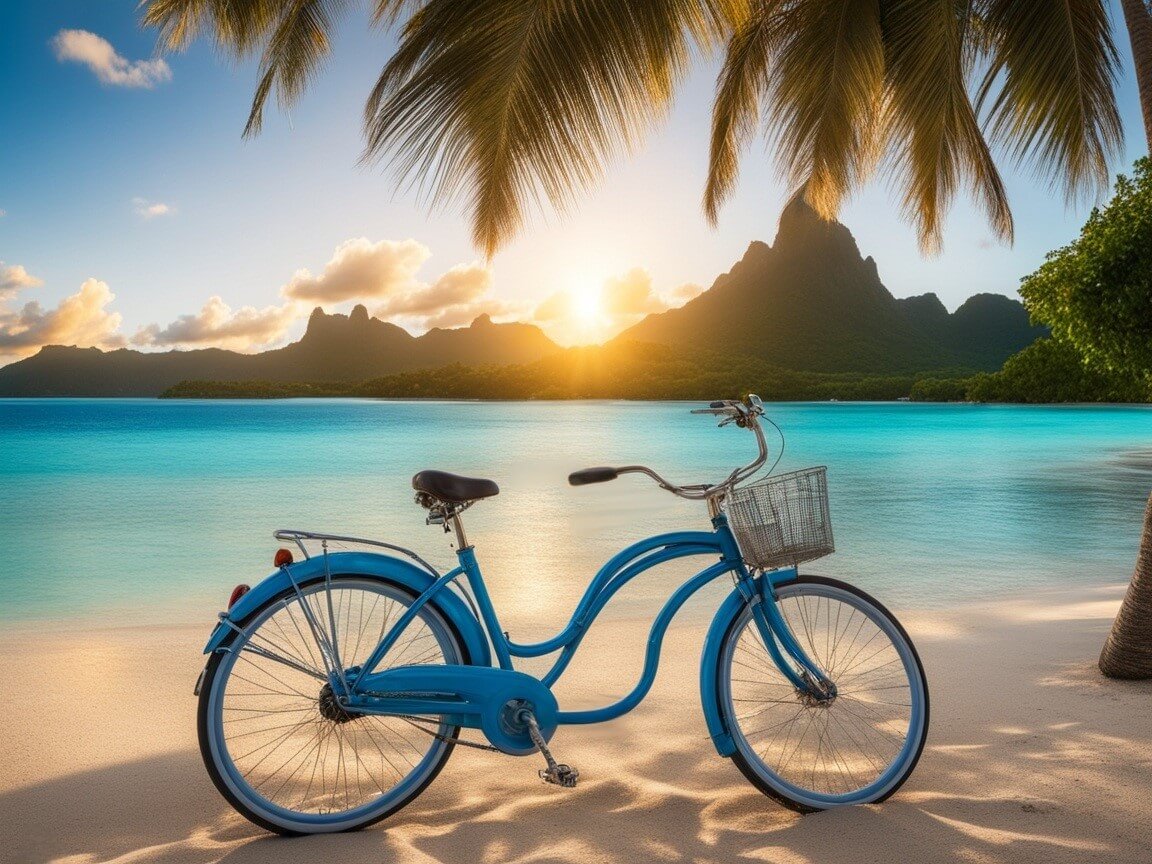
Questions and Answers about Bora Bora
General Questions
How do I get to Bora Bora?
- Most visitors fly into Bora Bora Airport (Motu Mute Airport) from Tahiti (Papeete) or other islands in French Polynesia. From the airport, resorts usually provide boat transfers to the main island.
You can use my discount to get 10% off a WayAway Plus Membership, which makes flights up to 5% cheaper and offers cashback on hotels and other services, plus 24/7 support from travel experts.
What is the best time to visit Bora Bora?
- The best time to visit Bora Bora is during the dry season from May to October when the weather is pleasantly warm and rainfall is minimal. This period also offers ideal conditions for water activities.
What language is spoken in Bora Bora?
- French and Tahitian are the official languages, but English is widely understood, especially in tourist areas.
Hiking Questions
Are there hiking opportunities in Bora Bora?
- Yes, Bora Bora offers scenic hiking trails, including popular routes to Mount Pahia and the lesser-known Mount Piri. These hikes provide stunning views of the island and lagoon.
Is it necessary to hire a guide for hiking in Bora Bora?
- If you’re an avid hiker, in my opinion, it’s unnecessary. However, local guides offer safety, navigation assistance, and insights into the area’s flora and fauna, which some might find beneficial.
What should I pack for a hike in Bora Bora?
- Essential items include sturdy hiking shoes, lightweight clothing, a hat, sunglasses, sunscreen, plenty of water, snacks, insect repellent, and a fully charged phone or GPS device.
Activities Questions
What water activities can I do in Bora Bora?
- Bora Bora is renowned for snorkeling, scuba diving, paddleboarding, jet skiing, and swimming in its crystal-clear lagoon. Viator has a wide selection of tours to choose from.
Are there cultural activities to experience in Bora Bora?
- Yes, visitors can enjoy traditional Polynesian dance performances, visit local artisan shops, and explore historical sites like Marae temples.
Accommodation Questions
What types of accommodations are available in Bora Bora?
- Bora Bora offers a range of accommodations from luxury resorts with overwater bungalows to more affordable guesthouses and vacation rentals. Each option provides stunning views and access to the island’s natural beauty.
Do I need to book accommodations in advance?
- It is advisable to book accommodations in advance, especially during the peak tourist season (July and August) and other popular times like holidays and special events.
Practical Questions
What currency is used in Bora Bora?
- The local currency is the French Pacific Franc (XPF). Credit cards are widely accepted at most hotels, restaurants, and shops.
What should I know about tipping in Bora Bora?
- Tipping is not expected in French Polynesia as a service charge is often included in bills. However, leaving a small amount for exceptional service is appreciated.
Safety Questions
Is Bora Bora safe for tourists?
- Bora Bora is generally safe for tourists. However, as with any travel destination, it is advisable to take precautions against petty theft and to be aware of your surroundings, especially in crowded areas.
Are there any health concerns or vaccinations required for visiting Bora Bora?
- There are no specific vaccinations required for visiting Bora Bora. However, it’s always a good idea to consult with your doctor before traveling and ensure you have adequate travel insurance.
Read More
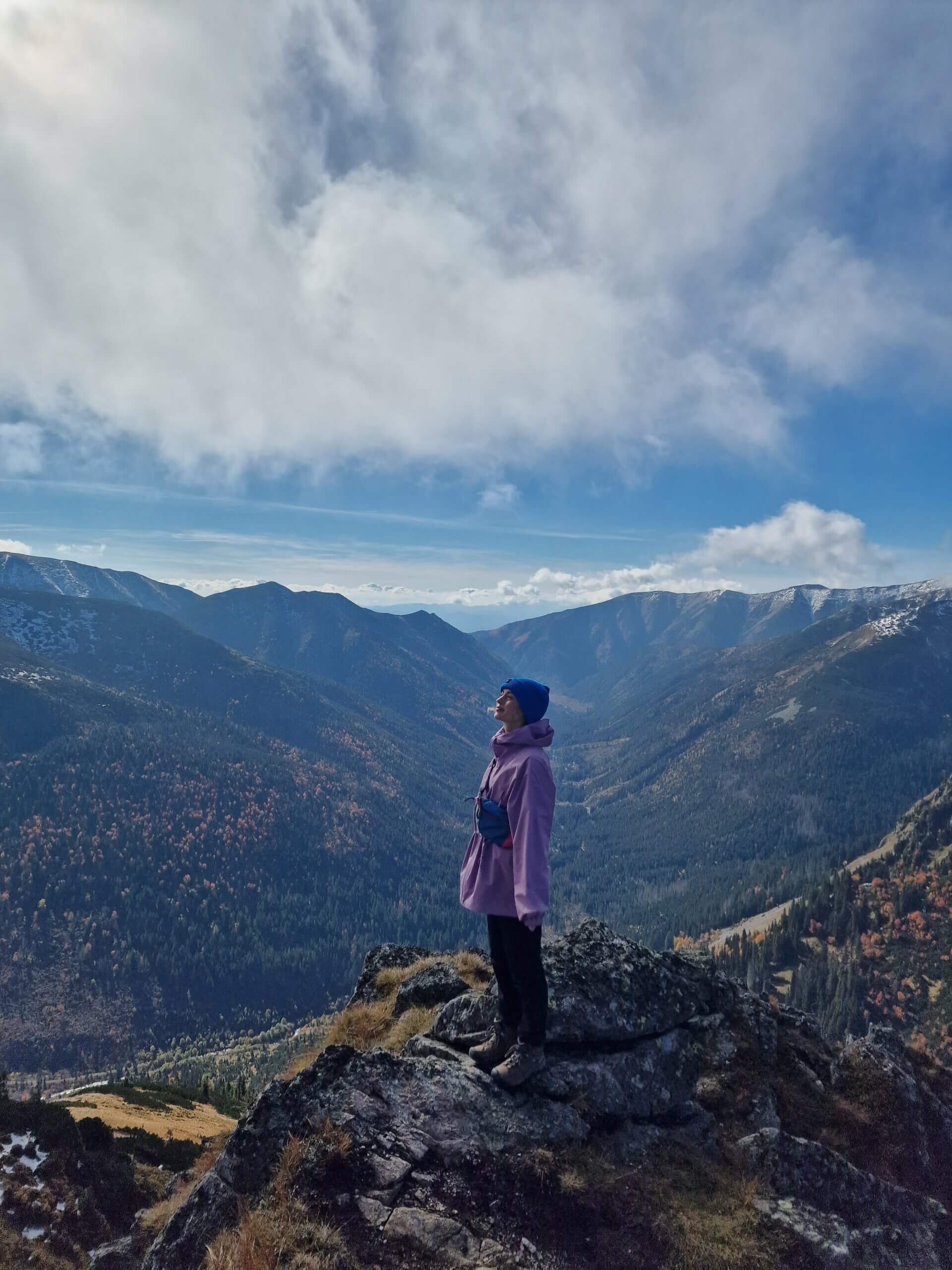
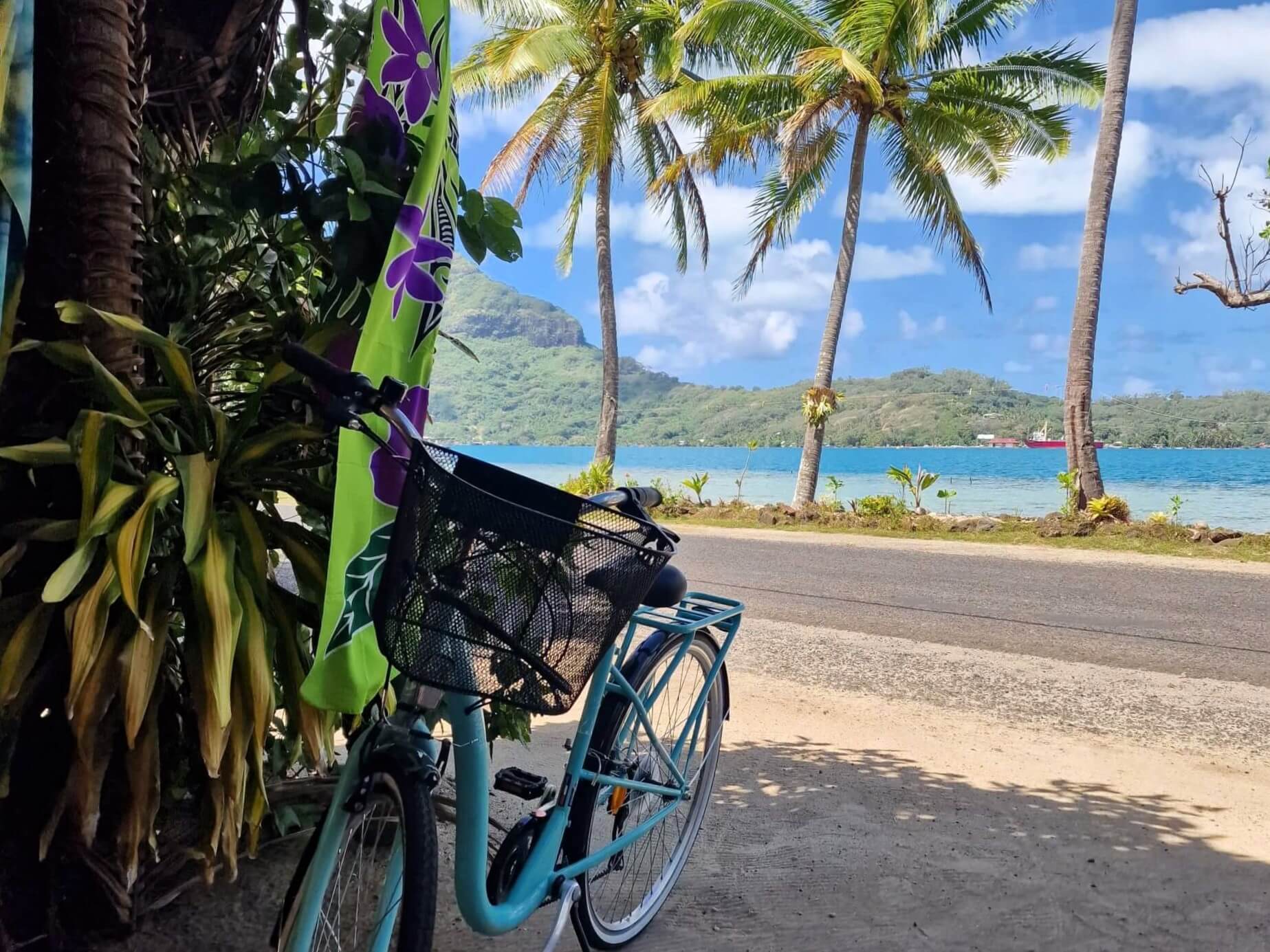
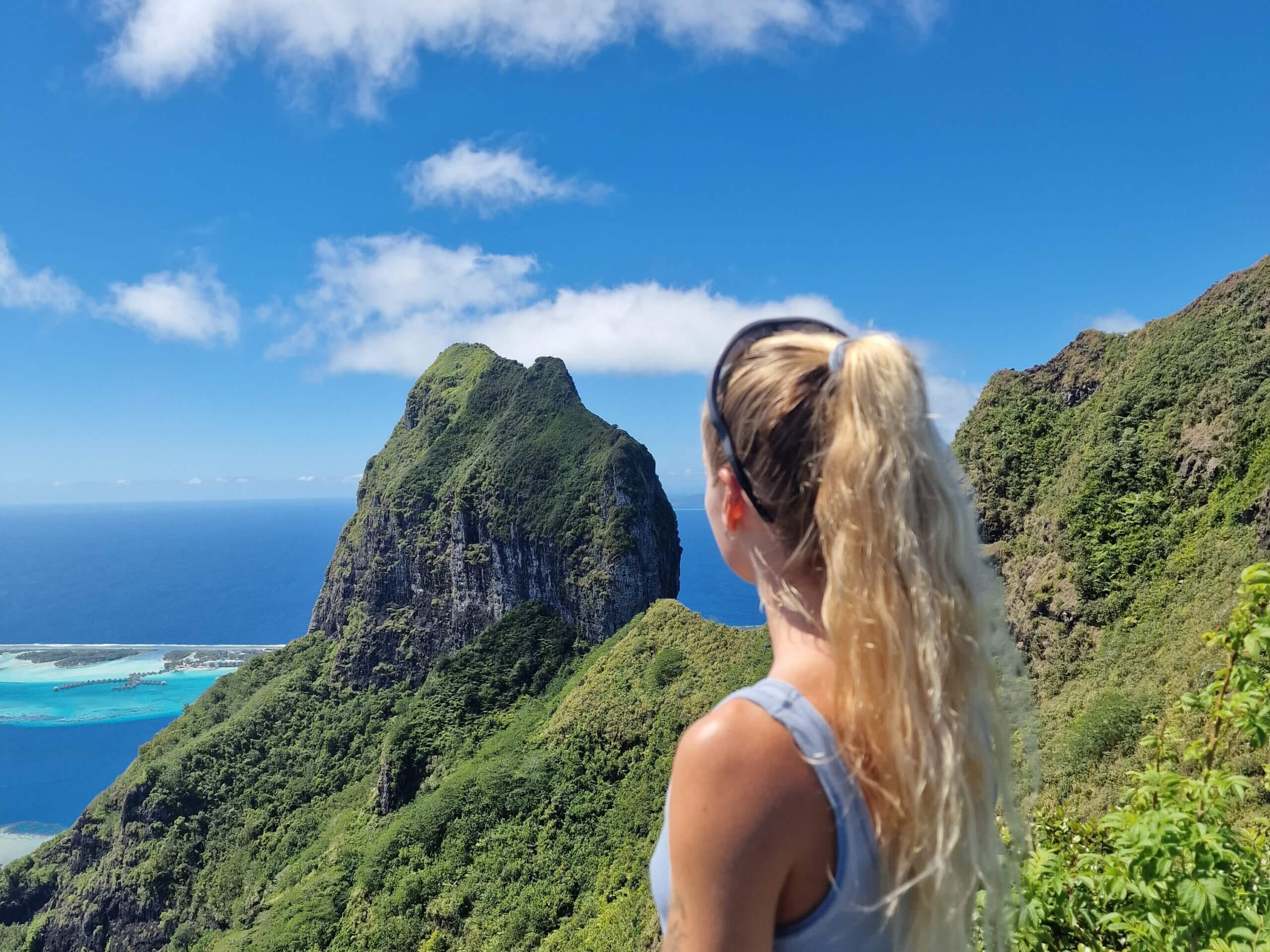
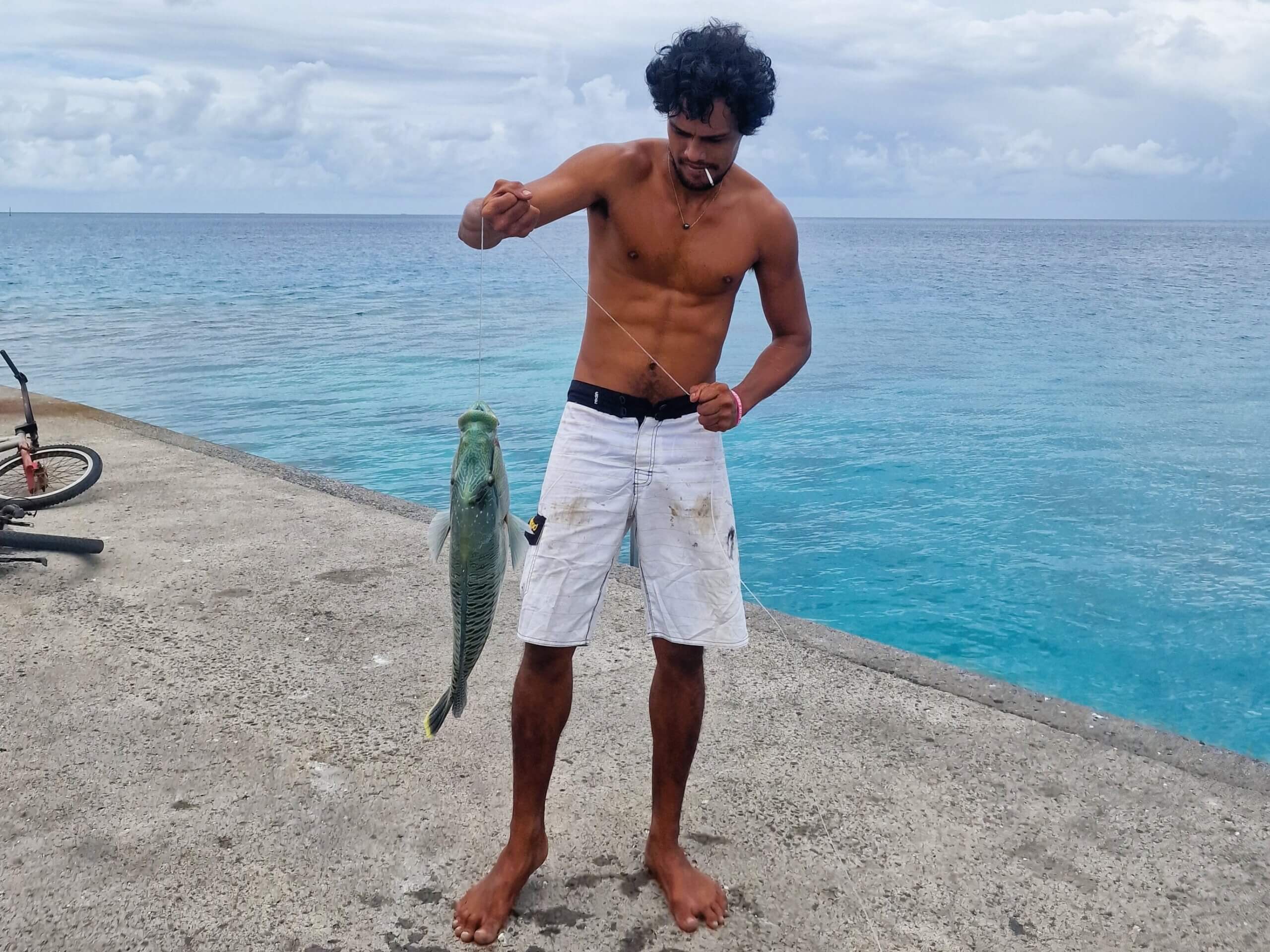

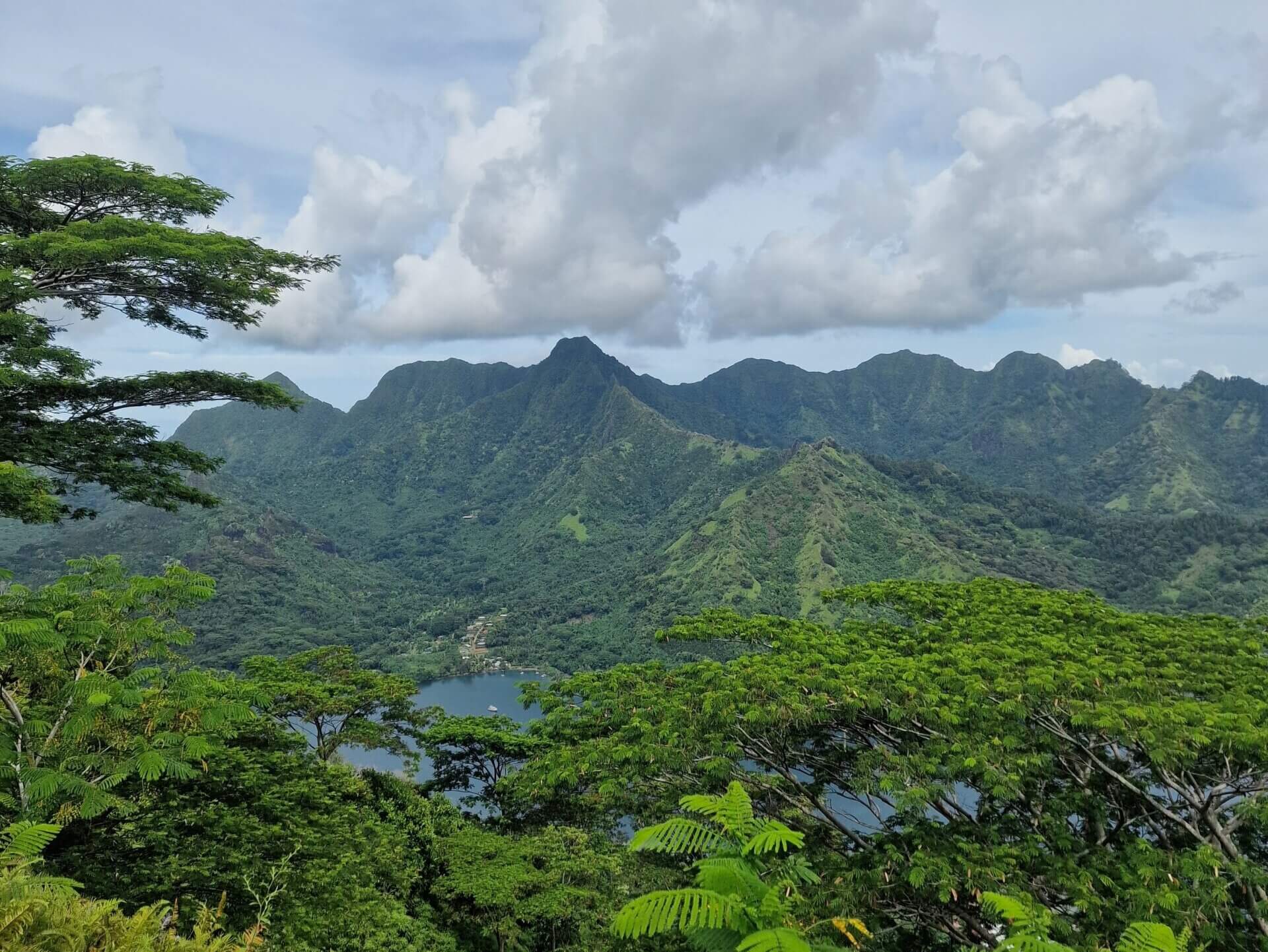
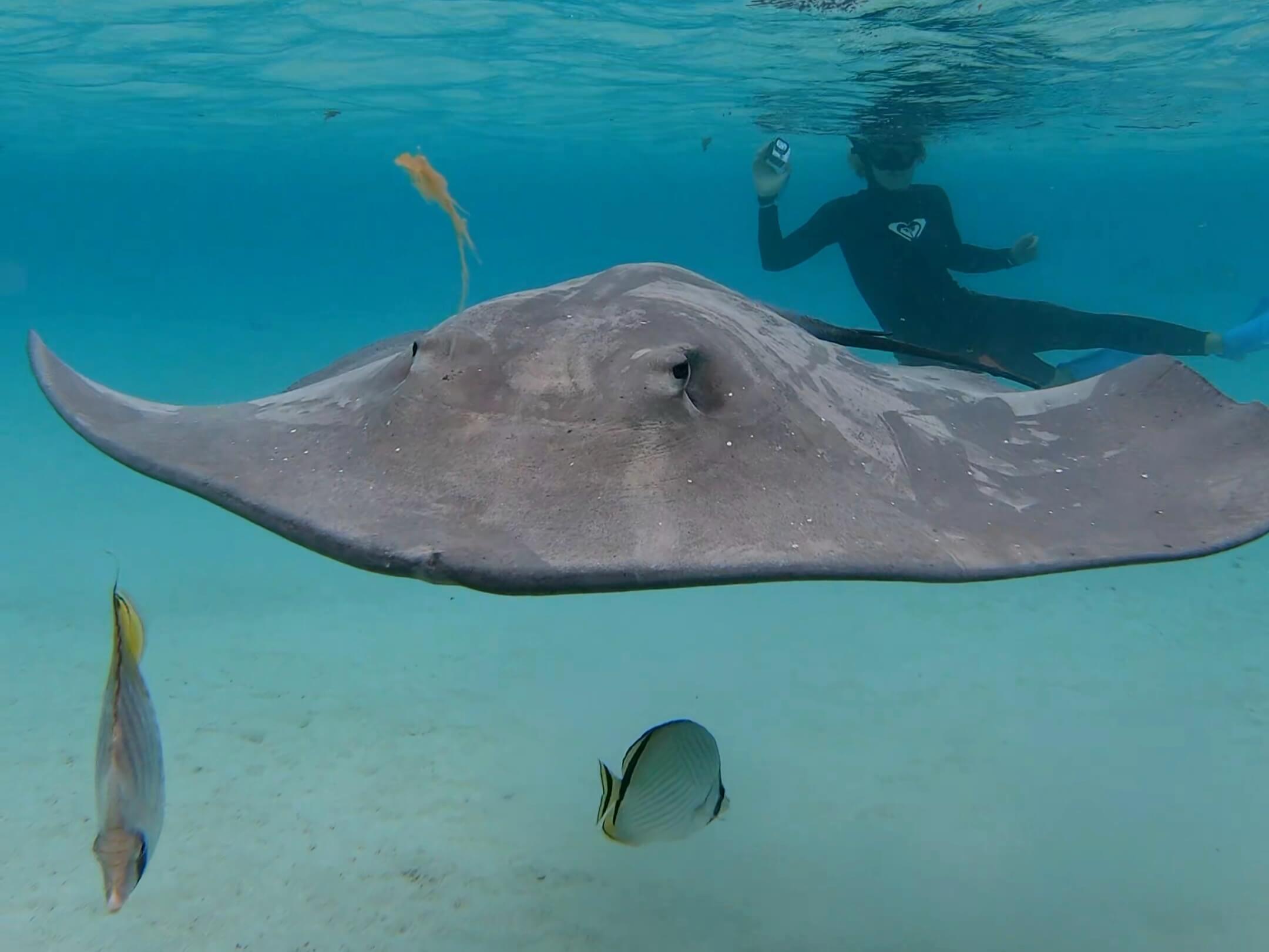
Leave a Reply